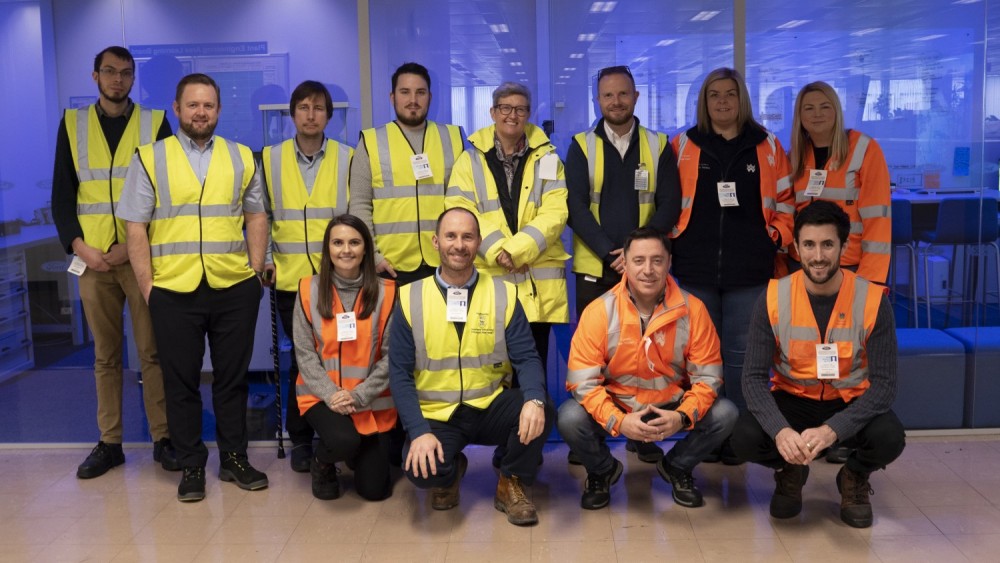Successful innovation is a collaborative process
In our latest blog, Gary Walpole discusses why innovation should be viewed as a collaborative process.
People sharing knowledge and working collaboratively is essential for innovation, I’d argue. Trott (2017) proposed an ‘interactive model’ of innovation that combined traditional market pull and technology push models, primarily to describe and explain new product development (NPD). He suggested that innovation occurs as a result of interaction with the marketplace, the knowledge and capabilities within an organisation and the science base (knowledge) that managers have access to. I’d agree with Trott (2017) as he contends there is no explicit starting point for an innovation process and supports the episodic view of innovations, which can be initiated by internal and external stimuli. Therefore, managers and people at all levels of a business can initiate and deliver process or product innovation if there are processes within a business to support innovation. I’d also agree that innovation is often the product of the complex interactions with internal and external knowledge, of people within the business and their external relationships.
 My research of innovation with businesses that successfully innovate has led me to agree with contemporary authors who argue that knowledge and knowledge management through interactive knowledge exchange processes is imperative for successful innovation. It’s imperative that leaders encourage and engage people across the business with innovation, as encouraging people to make suggestions around challenges the business faces is an important source of ideas. Innovation has to be fostered and facilitated by leaders and managers within a business in order for ideas and suggestions to be developed. It’s also important for resources and a space to be made available by the business to provide a focal point for innovation. Space doesn’t need to be as high-tech as the Ford ‘innovation lab’ that features in the video, it can simply be a room where people have a whiteboard and space to create and talk through potential new processes or practices and solve problems.
My research of innovation with businesses that successfully innovate has led me to agree with contemporary authors who argue that knowledge and knowledge management through interactive knowledge exchange processes is imperative for successful innovation. It’s imperative that leaders encourage and engage people across the business with innovation, as encouraging people to make suggestions around challenges the business faces is an important source of ideas. Innovation has to be fostered and facilitated by leaders and managers within a business in order for ideas and suggestions to be developed. It’s also important for resources and a space to be made available by the business to provide a focal point for innovation. Space doesn’t need to be as high-tech as the Ford ‘innovation lab’ that features in the video, it can simply be a room where people have a whiteboard and space to create and talk through potential new processes or practices and solve problems.
Collaborating with others to solve problems, within the business and outside of the business, can often result in solutions that save the business money and reduce carbon footprint. The Open Innovation Community of Practice programme I ran, with the support of Welsh Government, encouraged managers and leaders to adopt a co-creational innovation model and engages people from different businesses to share knowledge and support each other to solve problems. Engaging with people from outside the business often brings a different perspective and allows problems to be viewed differently. Collaborating with people from other businesses enables concepts and prototypes to be tested inexpensively and can often lead to commercial collaborations.
In summary, innovation should be viewed as a collaborative process that is far more likely to succeed if people from across the business and people from outside the business are engaged with to develop potential solutions and to test concepts and early prototypes.
If you have any questions or thoughts please do comment or drop me an email g.l.r.walpole@swansea.ac.uk.






.jpg)
Sylwadau